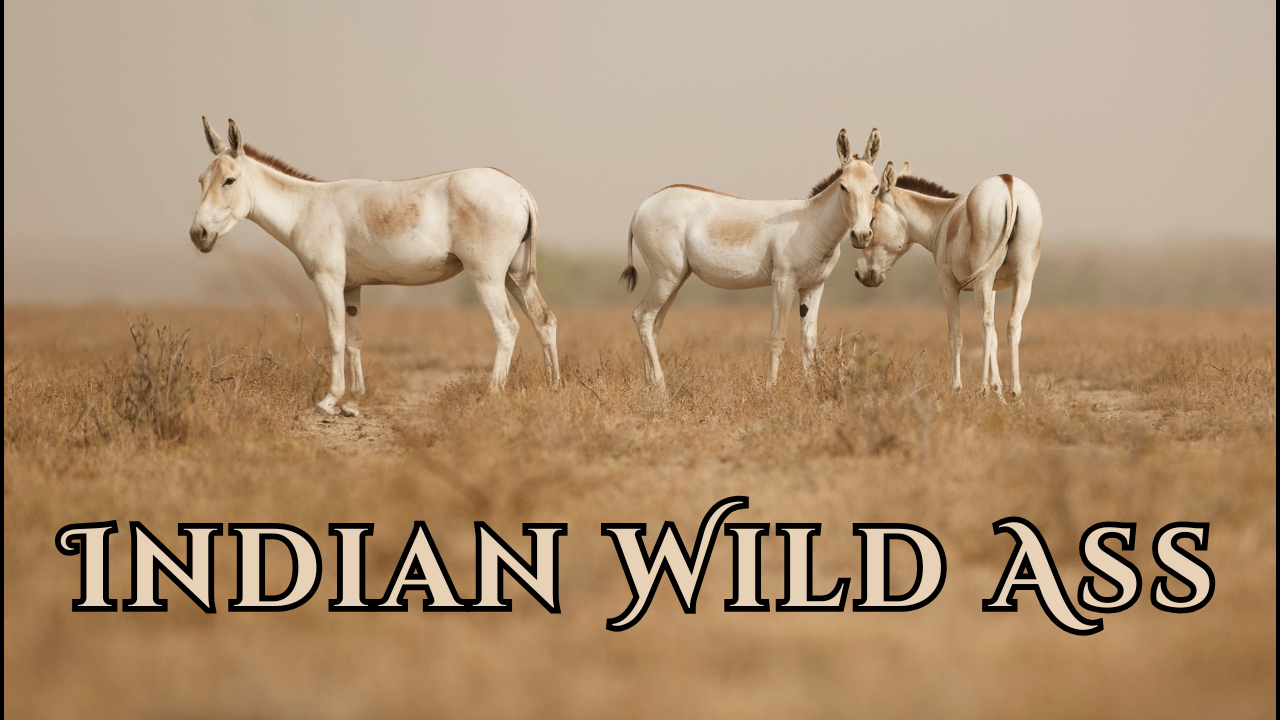Font size:
Print
Species in News: Indian Wild Ass
Context:
The latest census data reveals a remarkable 26% increase in the population of the Indian Wild Ass (Equus hemionus khur) in Gujarat.
More on News:
- The population has risen from 6,082 in 2020 to 7,672 in 2024, according to the Gujarat Forest Department.
- This increase was announced by the state government following the 10th Wild Ass Population Estimation conducted across 15,500 square kilometres.
- The population estimation, known as the Wild Ass Population Estimation (WAPE), is conducted every four years.
About Indian Wild Ass:
- The Indian wild ass (Equus hemionus khur), also known as the Indian onager or Ghudkhur in Gujarati, is a subspecies of onager native to South Asia.
- Family: Equidae
- This species, which is found only in India, particularly thrives in the Little Rann of Kutch (LRK), a unique habitat characterised by both wetland and desert features.
- Known for their strength, wild asses can run at impressive speeds of 50 to 70 kilometres per hour, making them well-suited for their harsh environment.
- Conservation Status: Classified as endangered by the IUCN in 2008.
- Listed under Schedule I of the Wildlife Protection Act, 1972. It is also included in the IUCN’s Red List of Threatened Species.
- Adaptability: They can survive extreme temperatures (45-50°C) in the Wild Ass Sanctuary.
- Diet: Primarily feed on grass that grows on the islands within the desert.
- Threats due to habitat loss and competition with livestock.
- Conservation efforts have played a crucial role in stabilising and increasing its population. These measures include habitat protection and management, which have contributed to the successful recovery of this unique species.
Subscribe to our Youtube Channel for more Valuable Content – TheStudyias
Download the App to Subscribe to our Courses – Thestudyias
The Source’s Authority and Ownership of the Article is Claimed By THE STUDY IAS BY MANIKANT SINGH





